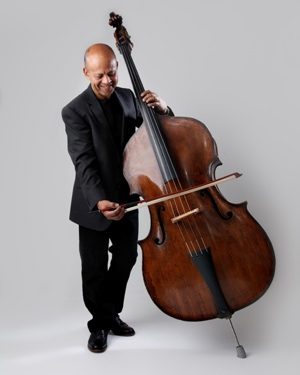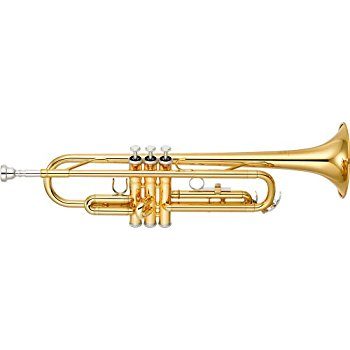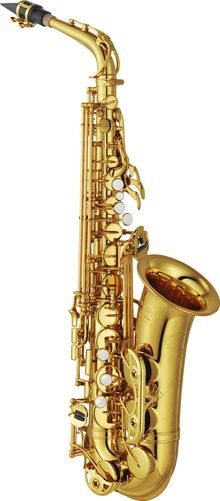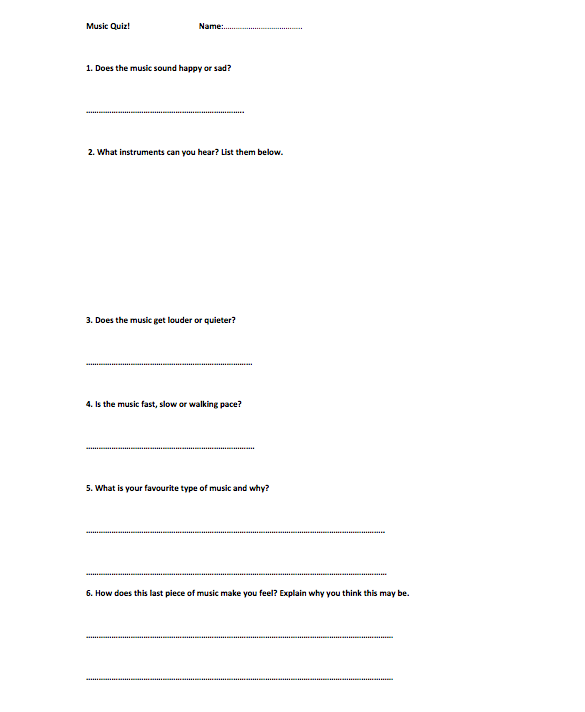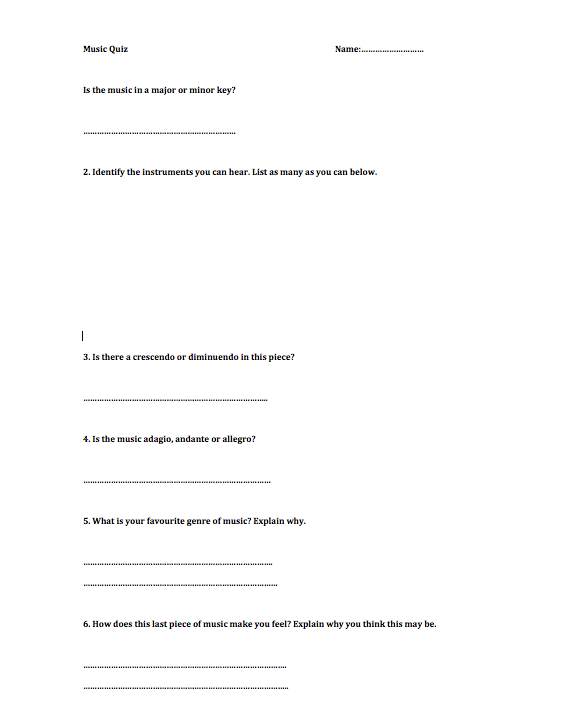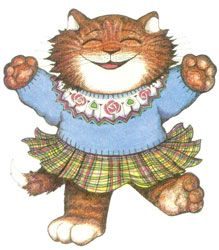Music Listening Package
Prepare a listening package for a stage of your choice. This should include learning intentions, audio excerpts (or links to these) activities, assessment procedures and differentiation material.
I have created this listening package for the upper stage. A lot of the content would be suitable for from primary four and up, however the introduction of new terminology makes it a bit more challenging. I think it is important that children are given this new vocabulary in primary school as it better prepares them for the listening and theory in secondary school.
Experiences and Outcomes
I have listened to a range of music and can respond by discussing my thoughts and feelings. I can give and accept constructive comment on my own and others’ work. EXA 2-19a.
I have listened to a range of music and can identify features and concepts. I can give constructive comments on my own and others’ work, including the work of professionals. EXA 3-19a.
Learning Intentions
-I will be familiar with different genres of music and can give reason for my preference.
-I will be able to know the difference between a major and minor key.
-I will be able to list a variety of instruments that can be found in an orchestra.
-I will be familiar with dynamics including crescendo, diminuendo, forte and pianissimo.
-I will be able to describe the tempo of a piece of music.
-I will be able to explain how a piece of music makes me feel, and why I like/dislike it.
This listening package can be taught over several lessons, depending on how fast the learners pick up on the concepts. The idea of music listening, and the teaching of the theory of music to some children can seem very dull and boring, particularly for the children already disinterested in music. It’s important that these lessons are very interactive. To get them engaged from the very beginning, push all the tables and chairs out of the way and get all the children to lie down and close their eyes.
Listening and appraising
Start by playing a few very different pieces of music. The following are just examples.
Classical Piano (comptine d’unautre éte)
https://www.youtube.com/watch?v=xQZ0AQHYgYI
Pop– Taylor Swift (shake if off)
Musical Theatre– MATILDA the musical (revolting children)
https://www.youtube.com/watch?v=uN_62IO4zIk&pbjreload=10
Beat boxing
https://www.youtube.com/watch?v=F6Y-eujlUpM&pbjreload=10
Orchestra -Auckland Symphony Orchestra (pirates of the Caribbean
https://www.youtube.com/watch?v=6zTc2hD2npA&pbjreload=10
After playing a couple of different pieces, have the name of the piece and the genre up somewhere for them to see. Go over each one again and identify which is which so that the children know what they listened to. Have the children sit round in a circle, and have a ball you can roll to one another. Have the children take it in turns to pass the ball around and say which they preferred and why. Also ask them what music do they like to listen to, if they have any favourite singers/bands and why. Establish among the children that everyone has different tastes and can prefer different genres.
Then talk about how differentpieces of music can make us feel different ways. Talk about the emotions certain types of music can evoke. Do certain songs make them happy, relaxed, nervous, sad?
Instruments in the orchestra
Ask the children what they already know about instruments and have them list the ones that they know to assess their current knowledge. Find out prior to this lesson whether any of the children in your classplay or are learning an instrument and see if they can bring them in. Encourage them to play them also. Some children may be part of an orchestra outside of school and if so ask them what they like about being a member of one. Go through the main instruments and show the children short video clips of them being played. The following links are a couple of examples.
Violin
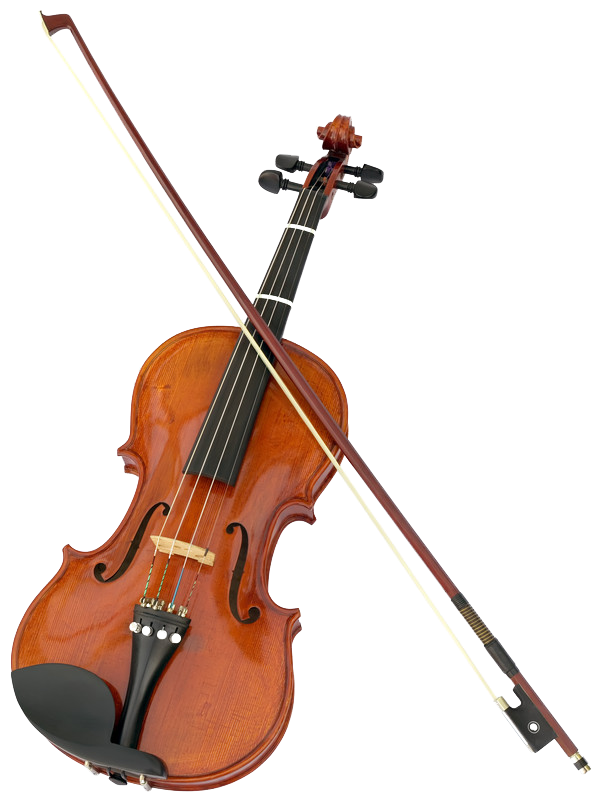
https://www.youtube.com/watch?v=isTebvtgth8
Double bass
https://www.youtube.com/watch?v=xbTm5Q2Bn4s
Trumpet
https://www.youtube.com/watch?v=aGk1zIDQQjQ&pbjreload=10
Saxophone
https://www.youtube.com/watch?v=-t9LjQdrMiM
Flute
https://www.youtube.com/watch?v=be1jJCH32OU
Percussion (drums)
https://www.youtube.com/watch?v=T0gl9LXq3LA
After playing each one ask the children how to describe the way the instrument sounds. Explain to the learners the role of each instrument and they part they play within the orchestra. They all play different parts/notes etc but when they all come together it makes beautiful music. The violins/flutes/ trumpets mostly having the melody, the cello, bass and horns playing the accompaniment almost.
Learning concepts
Get all the children sat down together on the carpet. Play audio clips, along with showing them a visual aid to help them learn and become familiar with the concepts. Emphasise that they often come in pairs/like opposites.
Major- sounds happy
Minor-sounds sad
Fortissimo- LOUD
Pianissimo- quiet
Crescendo- getting louder
Diminuendo- GETTing quieter
Ascending scale- getting higher in pitch
Descending scale- getting lower in pitch
Staccato- short notes (sta. ca. to.)
Legato- smooth notes (legato)
Adagio- slow (say slowly)
Allegro- fast (say fast)
Activities
When the children seem familiar with all of these concepts and are able to identify what they are without much assistance, they are ready to move on to this activity. This should hopefully reinforce what they have learnt, in a fun and active way.
This activity can be done indoors or outdoors. Get the children to make up an action/sound. Examples to give the children as ideas could include:
- staccato being short hops on one leg while saying sta. ca. to.
- Legato could be smooth movements while saying it smoothly
- ascending scale could be starting in a little ball on the ground and as they rise up to standing, they sing la la la la getting higher in pitch.
When all the children are familiar with all the different concept actions, they’re going to become a ‘concept orchestra’. The teacher will play the different excerpts and the concept in the excerpt that comes up, the children have to do their movement. Practice this until they have good understanding and response isn’t hesitant.
Assessment
In terms of differentiated assessment, I have come up with a quiz which the whole class will take at the end of the music listening package. I have made two example worksheets, to show how although it’s assessing the learners on the same content, the difference in terminology is what sets them apart. These are just examples, which could easily be made more difficult/easier so that they are appropriate for the learners within the class. These worksheets go alongside the following excerpts of music:
question 1: https://www.youtube.com/watch?v=gIuotFZnBtk
question 2: https://www.youtube.com/watch?v=1zaJ5LLIRn0&pbjreload=10
question 3: https://www.youtube.com/watch?v=cjjqrxKTVWk
question 4: https://www.youtube.com/watch?v=H43xhgY9O8s&pbjreload=10
question 6: https://www.youtube.com/watch?v=JbjIH5pvT5A&pbjreload=10

